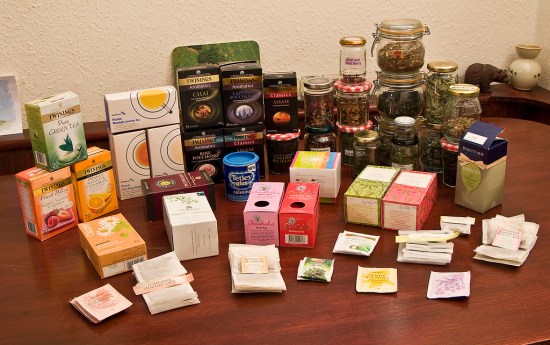Students' Study Finds That Your Tea Has Got Some Extra Ingredients
Put down that Darjeeling, dear friends, because that tea may not be what it seems. Students at New York’s Trinity High School recently had a study published in the Nature journal Scientific Reports which found that commercial teas are chock full of extra, unlisted ingredients.
The teenage scientists wanted to work on a project using DNA barcoding to investigate the makeup of food items. It turns out that every species has a distinct portion of their DNA that can be sorted out amidst a mish-mash of genes and genetic material. The team went about their investigations by purchasing more tea than any human should, including 70 teas and 60 herbal teas from 33 companies in 17 countries. Once purchased, they tore open the tea bags, and sorted through the grass clippings tea leaves inside. After they’d matched up similar looking plant material, they sent their samples off to a commercial DNA lab for testing.
Their results were surprising. Over 30% of herbal teas had unlisted ingredients, including bluegrass and goosefoot — a relative of spinach. Four herbal tea mixes contained relatives of parsley that somehow failed to make the label, and seven herbal teas included unlisted chamomile. Wary tea drinkers can relax a bit since according to their research, there wasn’t anything damning happening behind the iron curtain of tea production. However, the fact that these ingredients went unlisted is a bit odd. Perhaps the companies feared that listing unfamiliar items would scare off some skittish customers.
To be fair, the students didn’t set out to blow the lid of an international tea conspiracy. Instead, they wanted to demonstrate how, using existing methodologies, a precise ingredients list could be generated. They believe that regulatory organizations such as the FDA could perhaps use the same process they used in order to generate more accurate ingredients lists. Of course, there could be a downside for some manufacturers: If it’s really this easy to discern the organic components of a mixture, so-called “secret” recipes might not stay that way.
(Scientific American via io9, image via euphbass)
Have a tip we should know? tips@themarysue.com
